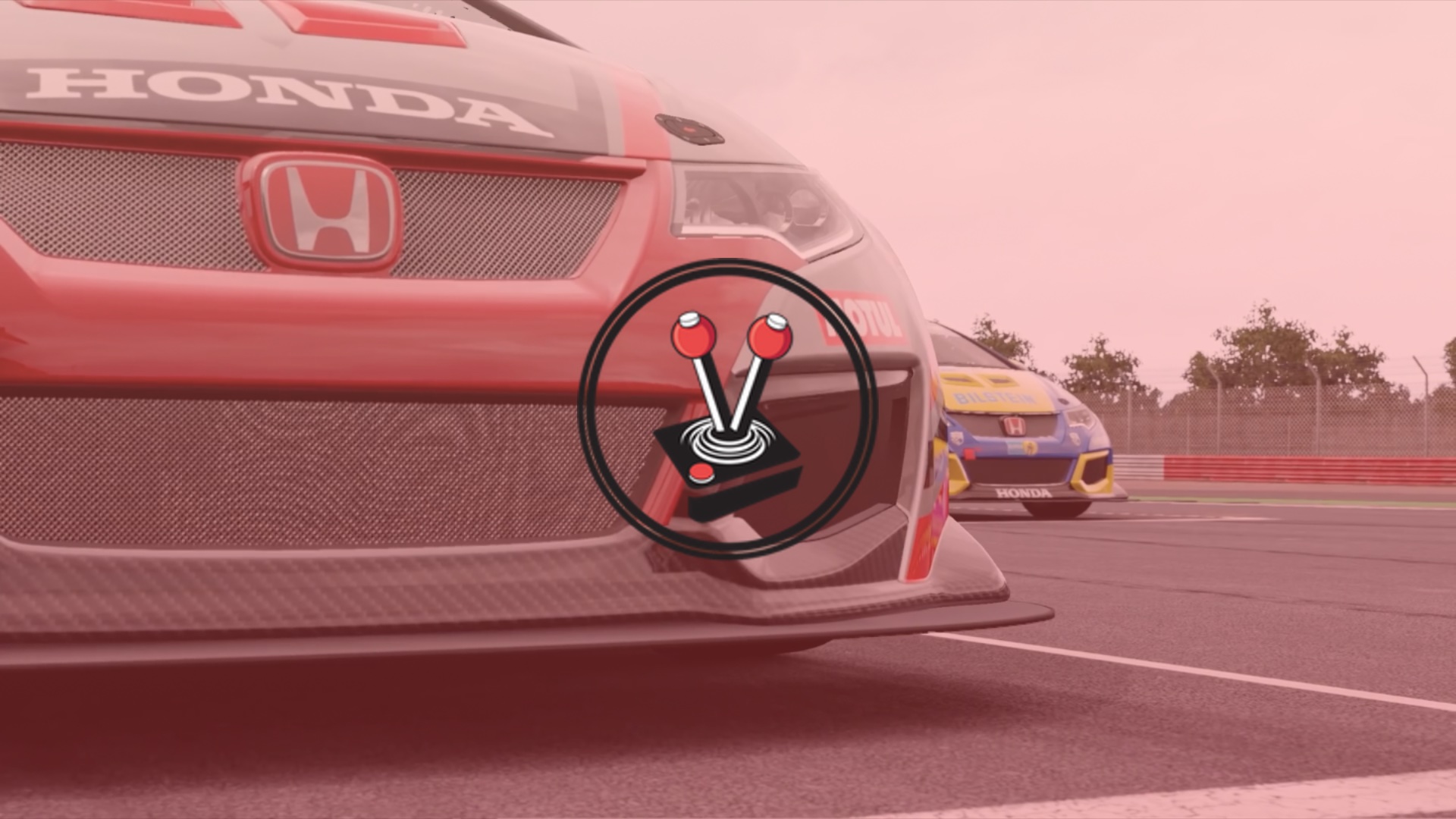I remember when the Need for Speed franchise attempted to break the “bad boy” mould by shifting gears toward closed track racing. Need for Speed: Shift worked well enough, but garnered a lot of negative attention for the way it threw long-time fans to the wolves. Much in the same way, Forza also decided to become a much more accessible racing franchise. The difference, however, is in how the two franchises dealt with their changes. Need for Speed persisted for a couple of years, releasing three closed track games in as many years before it would concede and give fans what they asked for. Forza, on the other hand, simply split off into an entirely new franchise. Going forward, the franchise would consist of Forza Motorsport for simulation and closed track enthusiasts, while pick-up-and-play racing game fans could jump into Forza Horizon. Two different games for two different markets. This is what Project Cars 3 should have done, instead it proceeds to disappoint long time fans of the franchise.
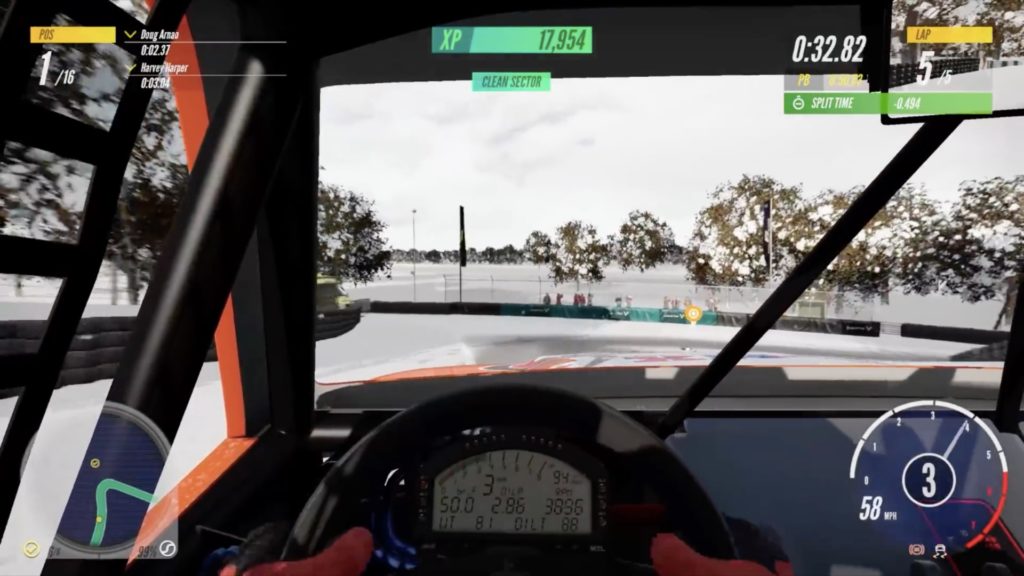
It is no secret that there are a plethora of vehicle racing simulators available. For years, Gran Turismo and Forza Motorsport led the pack as the forerunners. This was until Project Cars entered the scene and subsequently dominated thanks to its combination of aesthetics and pinpoint accuracy. Its sequel, Project Cars 2 did everything the first did, only better; winning multiple awards for its simulation and racing. It would stand to reason then that a sequel, three years in the making, would hit it out of the ballpark. Alas, in reality, the third instalment does not. Project Cars 3 does a few things right, but fundamentally gets its legacy so wrong that long term fans of the franchise will wonder why the game is even called ‘Project Cars’. As far as Simulation goes, Project Cars 3 sets the franchise back by years, all in favour of becoming the next… Grid?
At its core, Project Cars 3 seems to have no idea what it wants to be. For some inexplicable reason, the game does not deliver what either of its predecessors offered, while simultaneously coming off as if it has performance anxiety when attempting to be an arcade racer. Ultimately, this strangeness only serves to create frustration as long-time fans attempt to get to grips with the wild new direction, and new fans struggle to place the game into a category it suits well. Simply put, Project Cars 3 goes against the path the franchise carved for itself in the most awkward of ways.
The biggest and most notable changes come by way of the handling. Thanks to its newfound interest in arcade racing, all vehicles featured in the game handle similarly. There is still some weight behind driving cars around the tracks, and braking and overtaking still feels realistic enough to give it a pass. However, a simulation title in its third instalment should be nowhere near as basic as Project Cars 3. As easy as it is to now choose a car — any car — and take it for a spin around the track, Project Cars 3 lacks many of the essential features simulation titles usually boast. Tuning options, for instance, have been reduced to a selection of the most basic set of choices. Worse still, the few choices players are given are hidden away behind a plethora of menus; and seemingly only accessible when buying a new part? This is an extremely awkward way of doing things, but I suspect it is to discourage players from tuning their vehicles altogether. Instead, the game wants players to buy new parts, install them, and forget about them.
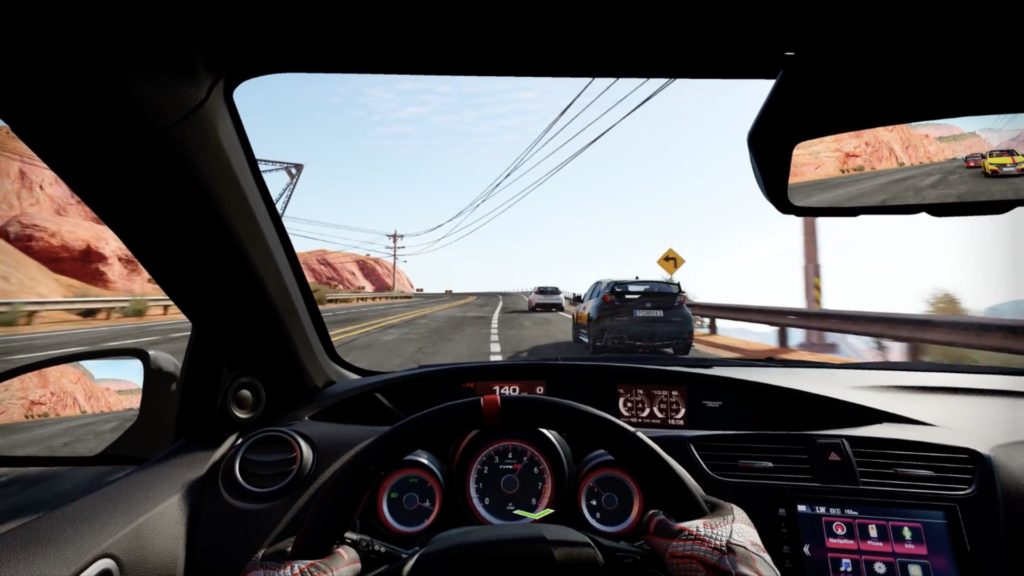
As opposed to being broken off into classic classifications based on vehicle type and sorted by performance, vehicles in Project Cars 3 are divided into segments based on performance only. This means buying a Road C class vehicle ultimately means nothing as you upgrade it to fit into Road B or even A races. There is nothing wrong with this type of upgrading at all, as many simulation titles have resorted to this method in the past. The issue is that once a vehicle has been upgraded to compete with a new class, it is near impossible to get it back down to its original class. To compete with other vehicles of the original class, a new vehicle is required. It is clear why Slightly Mad Studios implemented this new system, but they failed spectacularly in this regard.
To its credit, Project Cars 3 features a surprisingly large collection of vehicles and tracks. There are hundreds of cars ranging from well-known manufacturers, all the way to niche and specialised manufacturers. There are also a hefty number of vehicles from various eras, making it easy for old school and classic fans to build a beautiful collection in Project Cars 3. The game boasts so many vehicles that it would be hard for any player to not find a preferred vehicle. Cars are also acquired by simply buying them from the in-game store. Credit is earned easily, and it does not take long before you have more credit than you know what to do with. As far as arcade racers go, it gets this aspect right.
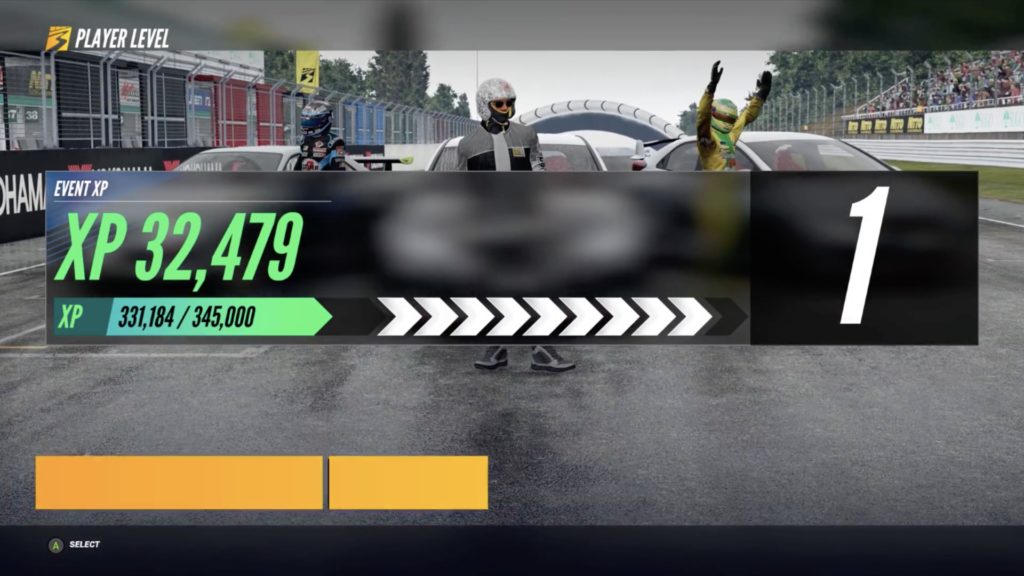
Earning and spending credit in Project Cars 3 is even easier when the Artificial Intelligence (AI) in races are completely unbalanced and easily exploited. AI can be adjusted according to their level of skill, and how aggressive they are to other drivers on the track. When set to the “expected” levels of realistic simulation, the game turns into a rubber banding mess where opponents are always hugging player cars and shooting past. It is actually so bad, that it becomes increasingly frustrating the longer the game is played. This is especially the case when an opponent makes an impossible takeover in the middle of a hairpin corner… and it happens a lot. Similarly, turning the AI down just a couple of notches will automatically dumb them down into nothing more than obstacles on the track. The way AI was handled boggles the mind since neither of the previous Project Cars titles were this bad. I suspect this comes down to a complete rework in how AI works. Sadly, Slightly Mad Studios appears to have simply missed the boat this time around.
The same issues lie in how the game penalises bad driving. Making bad mistakes is a part of the learning experience in simulation games. The game understands this and seldom penalises rookie mistakes. However, in testing just how aggressive the game would penalise mistakes, I found it would often just… not. Driving down a wrong turn in the track or turning around completely would often result in a few second penalties at most. Cutting corners slightly, however, would result in red flags and disqualified track times. I do not often talk about penalties in simulation titles since they are often not as integral to the racing experience as the throttle and brake. They also usually do not deviate this much from what they are intended to do. Project Cars 3, however, seems to have implemented it particularly badly. Thankfully a future update should remedy both this and the unbalanced AI for future players (I hope).
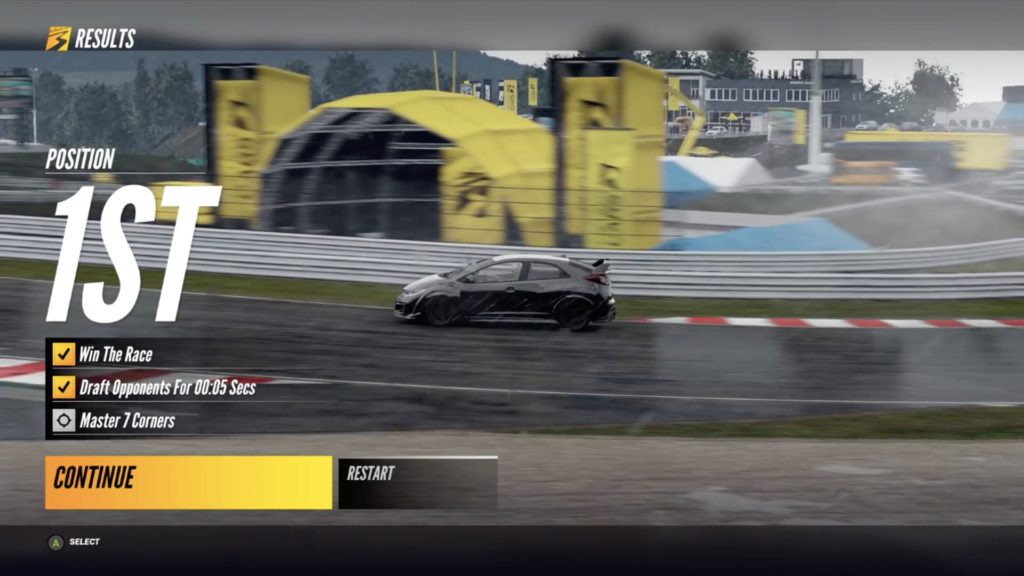
By the very nature of the franchise’s newfound identity, it only stands to reason that it would offer the same kinds of customisation arcade racers usually do. The stark reality, however, is how it does not. Vehicles can be customised with pre-made liveries, or liveries can be made from a limited selection of options that look eerily similar to the pre-made liveries already available. In stark contrast to the bodies of the vehicles, tyres and rims have a massive selection. The selection is so massive that it would be challenging not to find your preferred brand and/or model of rims. Rims cannot be painted in all sorts of colours, but the colours that are available all make sense and fit the game well enough.
Once a vehicle is acquired, liveries and tyre customisation completed and upgrades done, it is time to race. There are four race types in the game with multiple denotations for vehicle classes. Two of the featured race types are essentially Time Trial modes, while the remaining two are split between Classic Races and Competitions. There is also a Career Mode with short and sweet races encouraging quick plug-in-and-play gameplay. Many simulation titles will often only have one or two game modes. This is mainly because the games need to specialise in perfecting all other facets of the gameplay. Project Cars 3, having gone into a much more arcade direction, features many more game modes. The issue, however, comes by way of the modes all being similar. The only thing setting the Time Trial modes apart is what kind of tracks players can expect, while normal racing is broken down into two modes that are essentially just easy and hard. Arcade Racers are always creative in how they present themselves. If Slightly Mad Studios wanted their game to be more like Grid, then I wish they would have copied Grid better.
In all fairness, Project Cars 3 does shine once higher class divisions and GT Tournaments become a gameplay mainstay. While this means slogging through hours of classic tournaments and building vehicles up to fit the higher divisions, the payoff feels nice. This is also where the new arcade nature of Project Cars 3 comes into its own, with “challenging” AI in vehicles that feel like they are actually competing and not just cheating, and tracks that feel like they would in any well-respected arcade. I will concede that I enjoyed the no-fuss execution of these higher class races. Similar to Grid and Forza Horizon 3, Project Cars 3 does arcade racing well. The issue lies in how inconsistent it is.
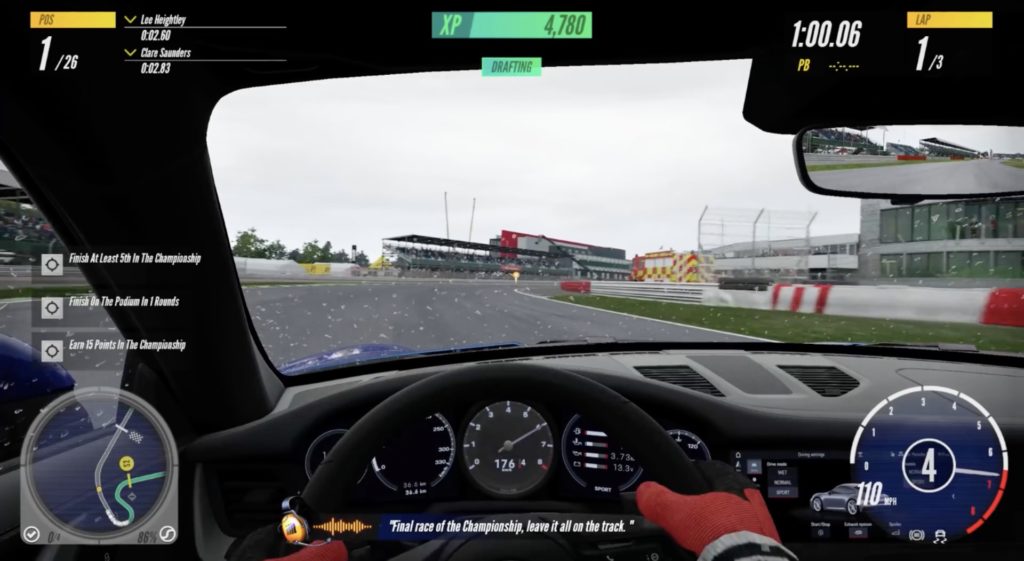
Fortunately, Project Cars 3 is a sight for sore eyes. While simulation fans will immediately notice its lack of attention to detail, it is extremely pleasing to the eyes as far as arcade racers go. Both Grid and Forza Horizon 3 act as testaments to how well arcade racing can handle accurate models and destructibility. Project Cars 3 fits the mould quite well and delivers promising aesthetics as long as players know how to approach the looks department. Furthermore, loading into new tracks and navigating menus is also easy and quick. Previous Project Cars titles never felt awkward or difficult to navigate and neither does Project Cars 3. The game will have you loaded in and ready to race long before you feel the need to get up for a cup of tea.
While questionable decisions have been made, fans of the franchise will either have to adjust and get used to the brand-new direction or simply stave off purchasing Project Cars 3 altogether. While it does some things right, there are many things it does badly. The biggest issue lies in how Project Cars 3 wants to deviate into a wholly new direction. It wants to take the hardcore simulation with its niche audience into a new arcade racer direction where many more players will jump onto the bandwagon. This is a commendable change. However, Slightly Mad Studios should have taken its fans into account with this decision. If Project Cars 3 had any other name — perhaps denoted with a subtitle — it would have been a much easier transition. Alas, it is not, and this is the card supporters have been dealt. Thankfully, the game does come onto its own in higher tier races. It also features a massive selection of vehicles and races feel good, as long as simulation-levels of play are not expected. While AI needs a lot of work, it does fare better when higher speed divisions come into play. Project Cars 3 is the first step in reimagining the franchise as an arcade racer, however, fans of simulation titles are better off with Project Cars 2.
| Time Played | <15 Hours |
| Diffculty | Normal |
| Platform | Xbox One |
| Acquisition | Review code courtesy of Slightly Mad Studios |
Junior Editor at Vamers. From Superman to Ironman; Bill Rizer to Sam Fisher and everything in-between, Edward loves it all. He is a Bachelor of Arts student and English Major specialising in Language and Literature. He is an avid writer and casual social networker with a flare for all things tech related.

